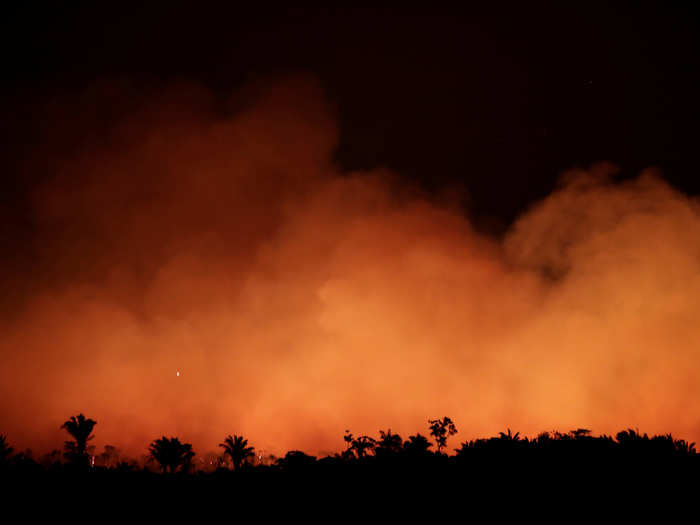- Home
- slideshows
- miscellaneous
- Striking photos show the devastation wreaked by record-breaking fires in the Amazon rainforest
Striking photos show the devastation wreaked by record-breaking fires in the Amazon rainforest
The map below shows every fire that's started across Brazil since August 13, 2019.

NASA satellites have also spotted the many fires raging in the western Brazilian Amazon.
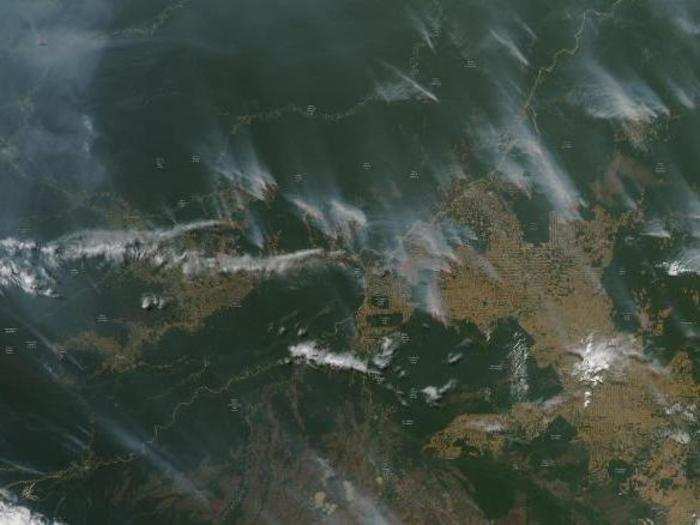
The fires are directly linked to deforestation, since farmers sometimes set the forest ablaze to make room for livestock pastures and crop fields.
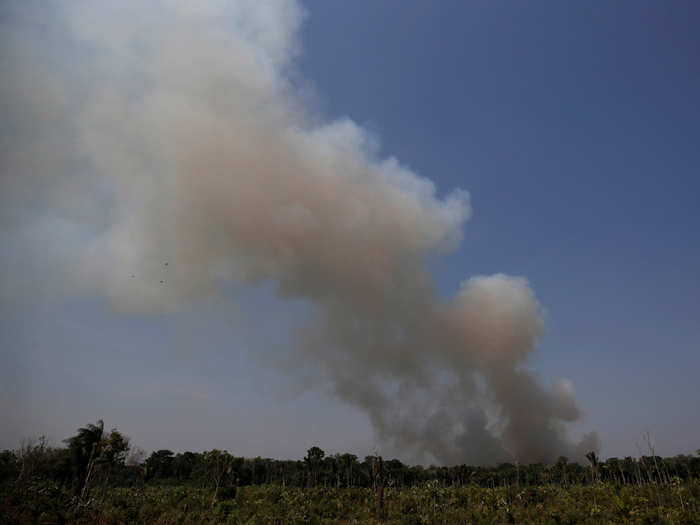
July set a new record for the most deforestation of the Amazon in one month: The Amazon shrunk by 519 square miles (1,345 square kilometers).
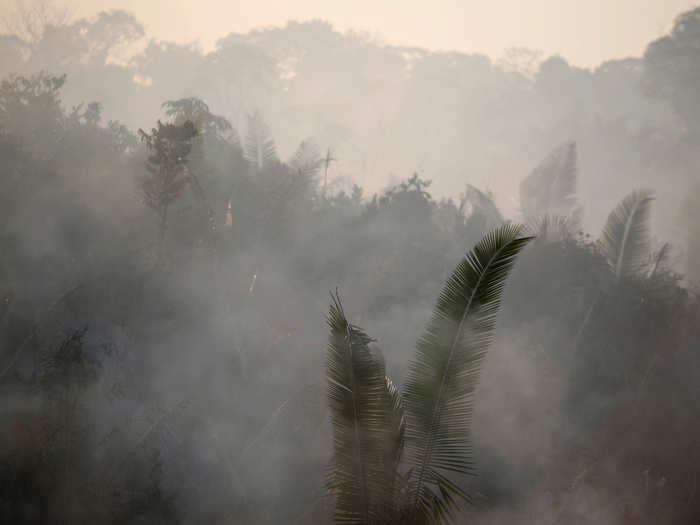
That's nearly twice the size of New York City.
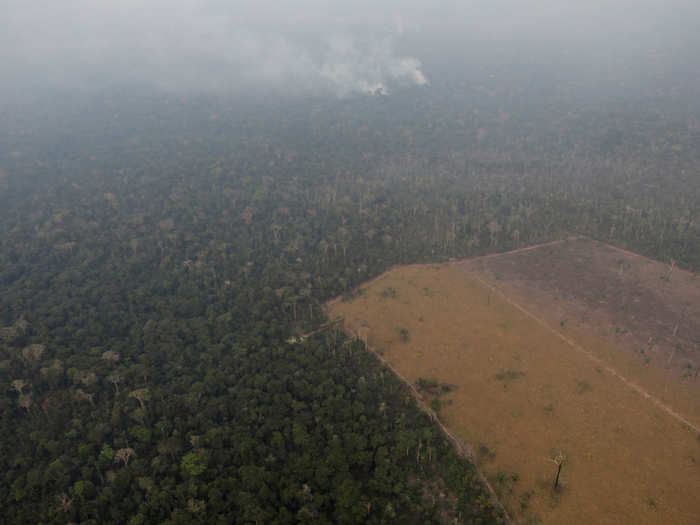
Data from Brazilian satellites indicated that about three football fields' worth of Amazonian trees fell every minute in July.
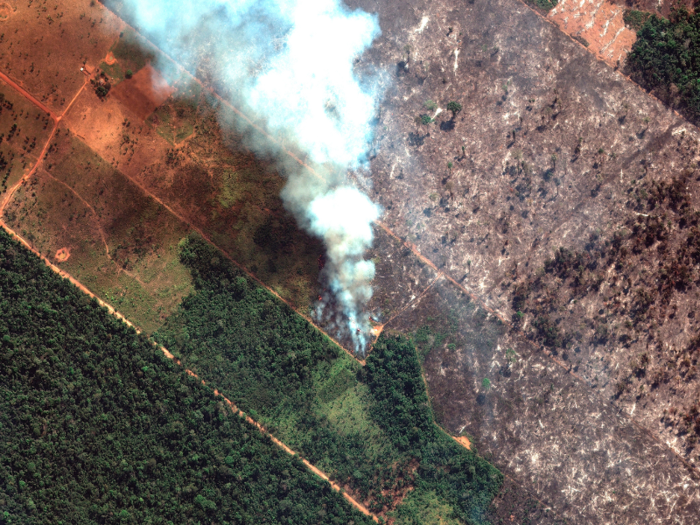
Source: Terra Brasilis
During the Amazon's dry season, blazes can also spark from natural sources, like lightning strikes.
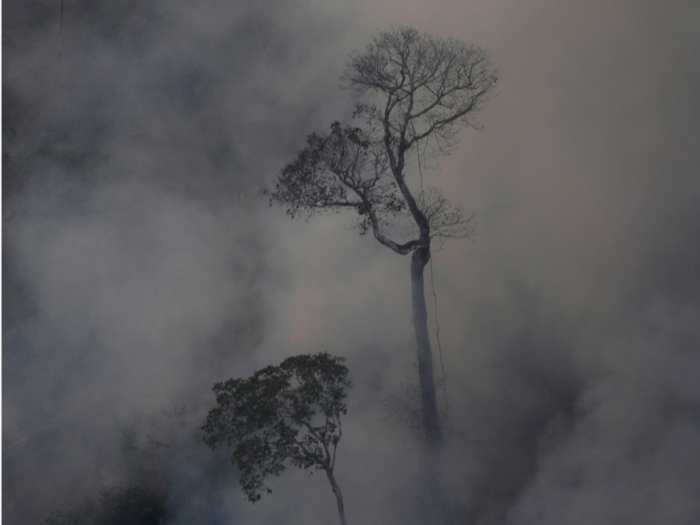
Typically, that dry season runs from July to October, peaking in late September. Wetter weather during the rest of the year minimizes the risk of fires at other times.
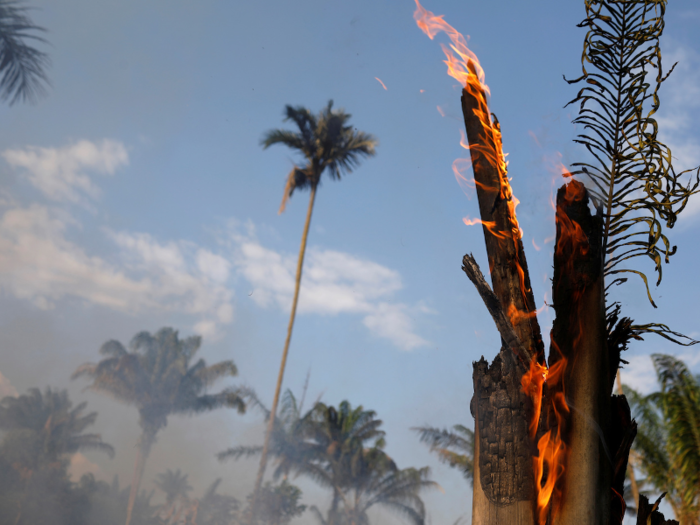
But warmer temperatures and drier conditions linked to climate change make it easier for both these natural and intentionally lit fires to get out of control.
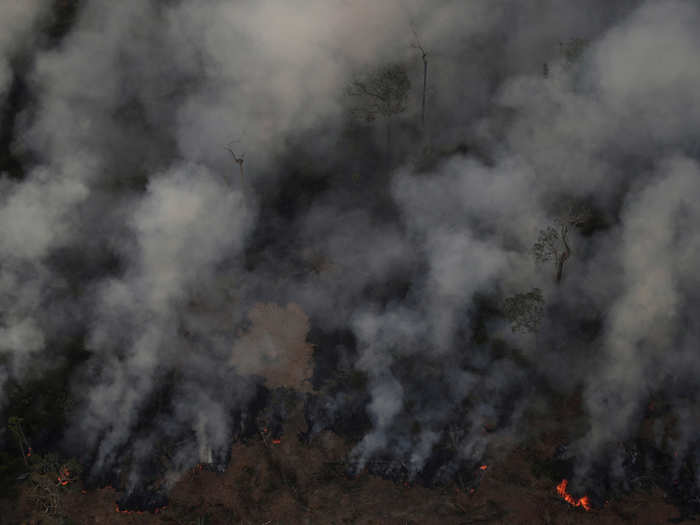
That extra heat and dryness enable blazes to grow bigger than they otherwise might have.
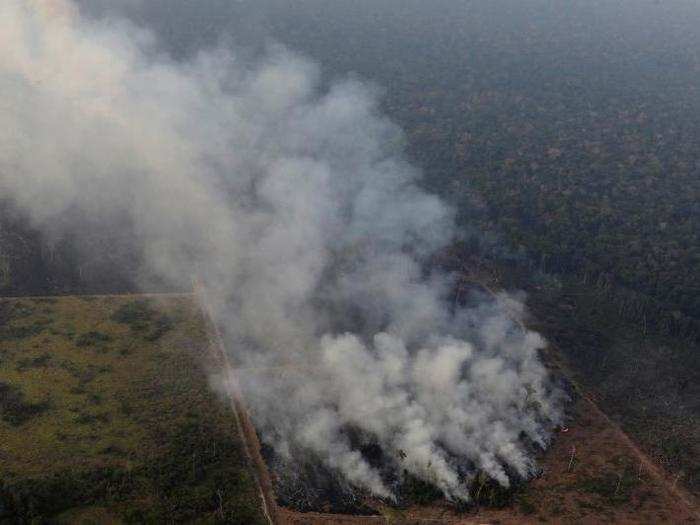
In total, the recent blazes have created a layer of smoke estimated to be 1.2 million square miles wide.
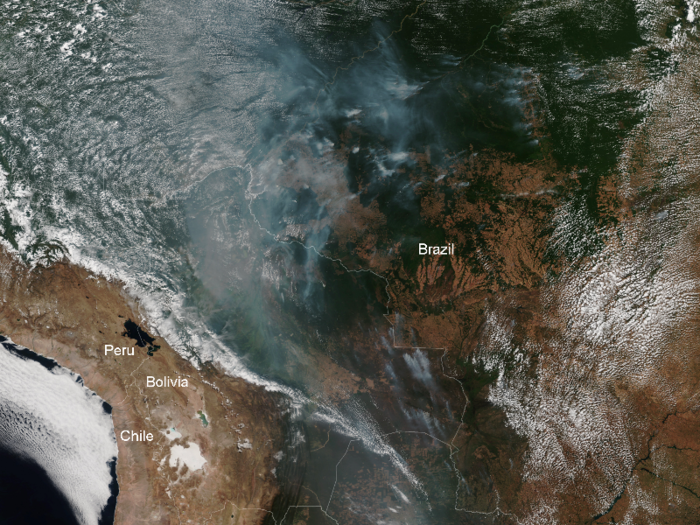
By Monday, smoke plumes had spread from the western state of Amazonas to the nearby states of Pará and Mato Grosso, and even blotted out the sun in São Paulo — a city more than 2,000 miles away.
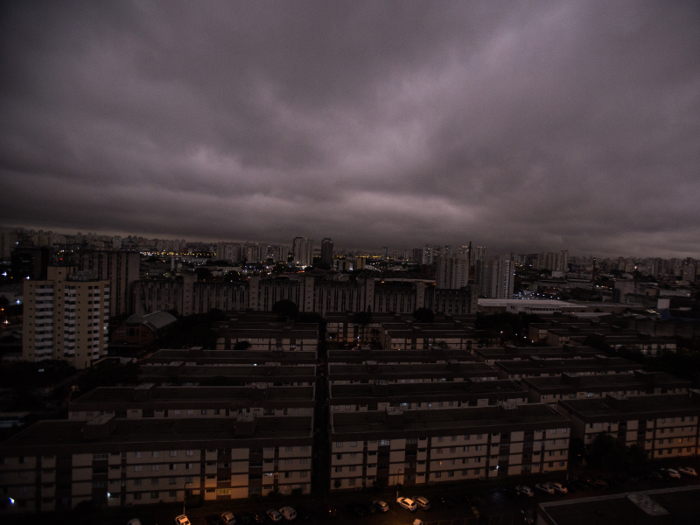
The Amazon rainforest is a source of life support for our planet, since its plants and trees produce 20% of the world's oxygen.
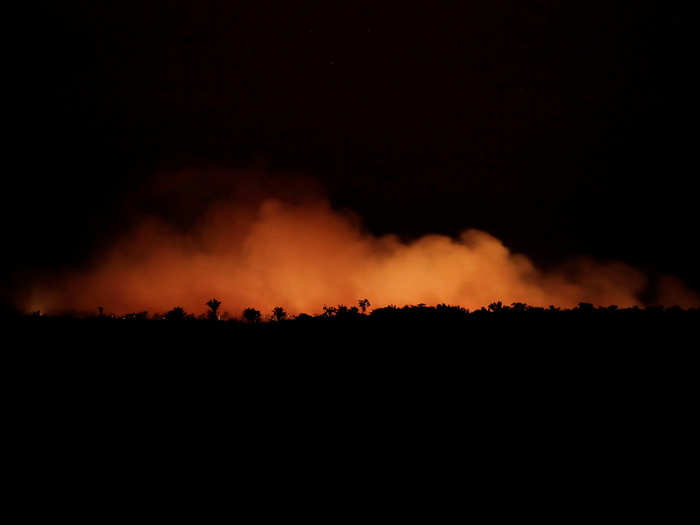
Source: BBC
But if enough of the Amazon burns or gets cut down, it could pass a tipping point that would lead it to disappear entirely and irreversibly.
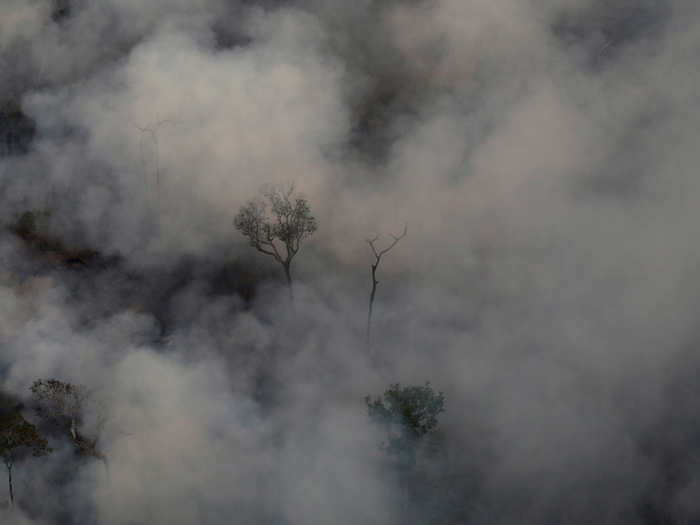
In that scenario, known as a "dieback," the rainforest would get converted into an African savannah-type habitat.

That would spell disaster for Amazonian flora and fauna, of course, and it would also lead to the release of 140 billion tons of stored carbon dioxide.
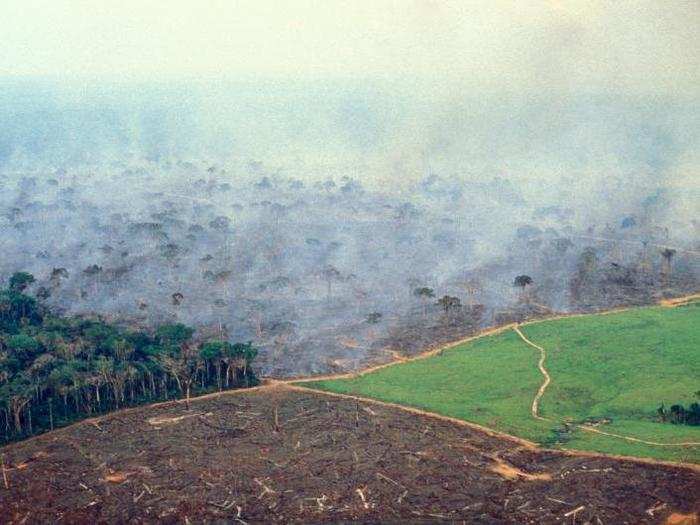
That CO2 would then further warm the planet. Once this dieback starts, the forest would be "beyond the reach of any subsequent human intervention or regret," according to the Intercept.
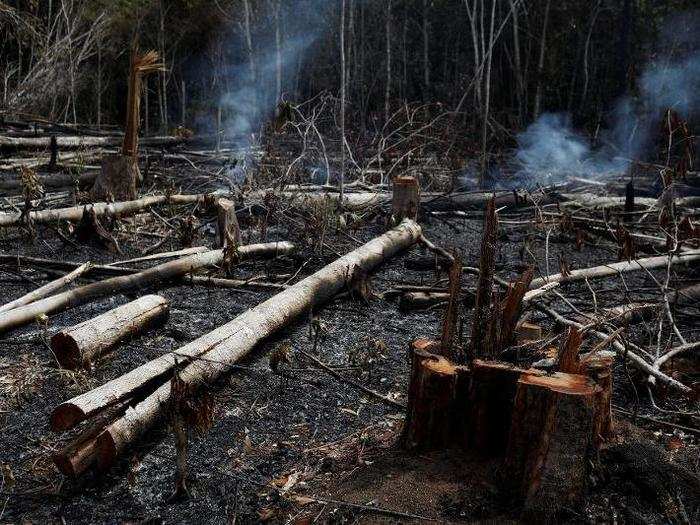
Source: The Intercept
Brazil controls a lion's share of the Amazon. But Brazil's president, Jair Bolsonaro, has indicated that protecting the rainforest is not one of his top priorities.
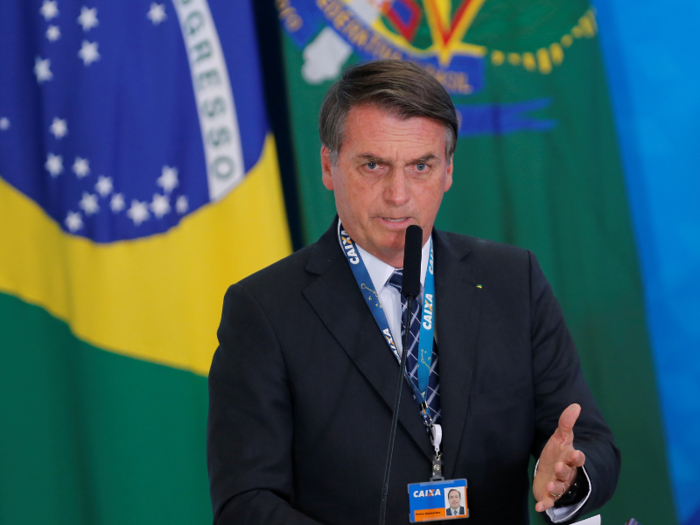
Source: Business Insider
Bolsonaro supports development projects like a highway and hydroelectric dam in the Amazon.
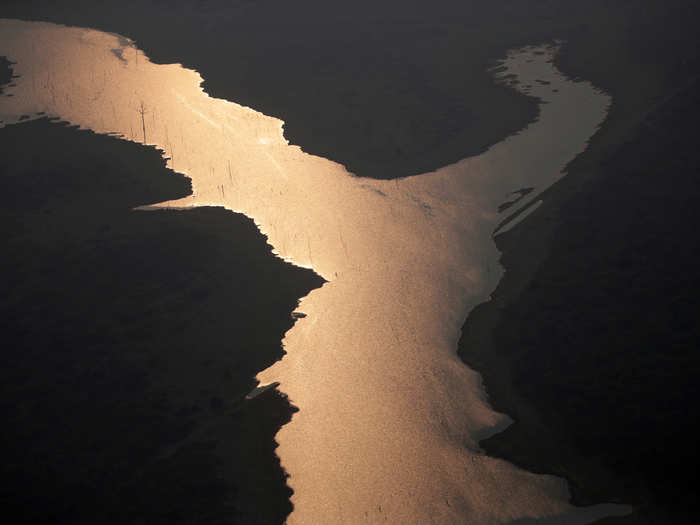
His administration has also cut down on the seizing of illegally harvested timber. In 2018, the Brazilian government seized 883,000 cubic feet of illegal timber. But as of May 15, 2019, Bolsonaro's government agencies had seized only 1,410 cubic feet, Pacific Standard reported.
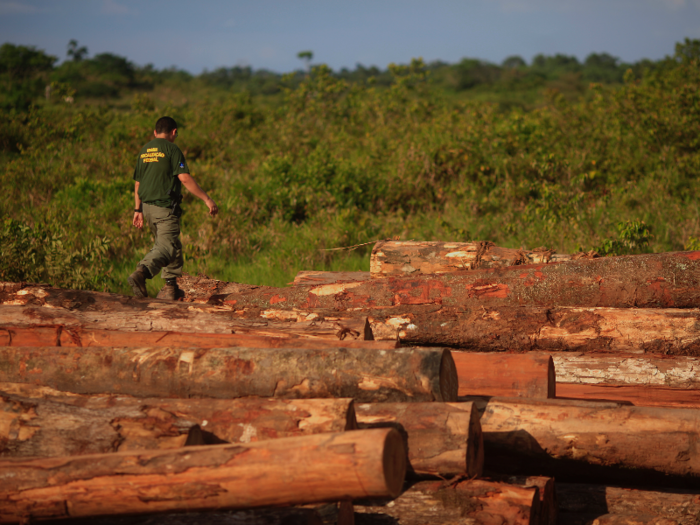
Source: Pacific Standard
Between January and May, Bolsonaro's government also lowered the number of fines it levied for illegal deforestation and mining (down 34% from the same period in 2018) and decreased its monitoring of illegal activity in the rainforest.
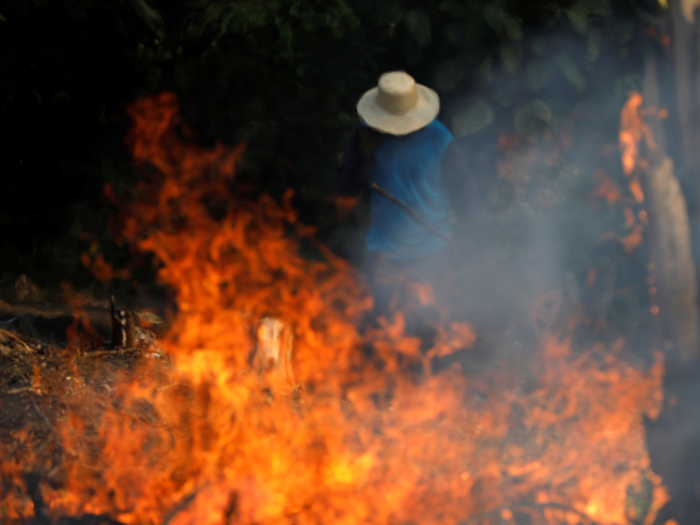
When Reuters asked Bolsonaro about the record-breaking fires in Brazil, he pointed to the fact that it's a time of year when farmers purposefully use fire to clear land — a seasonal cycle called "queimada."
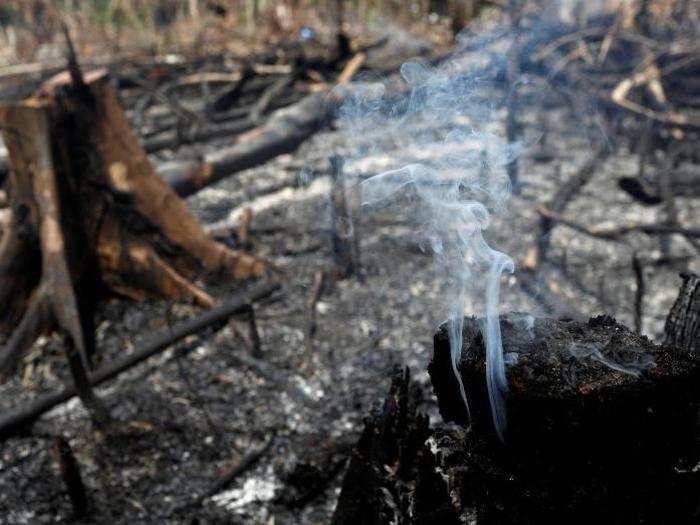
Source: Reuters
Bolsonaro also suggested — without evidence — that non-governmental organizations are setting the fires to damage his reputation.
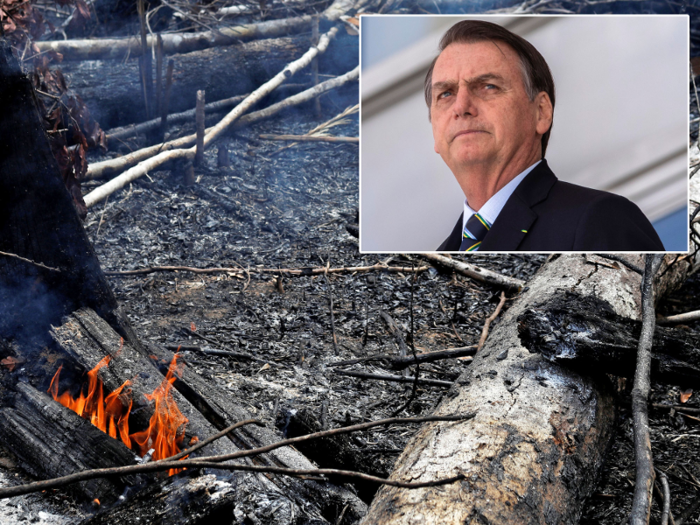
Source: Reuters
Popular Right Now
Popular Keywords
Advertisement
